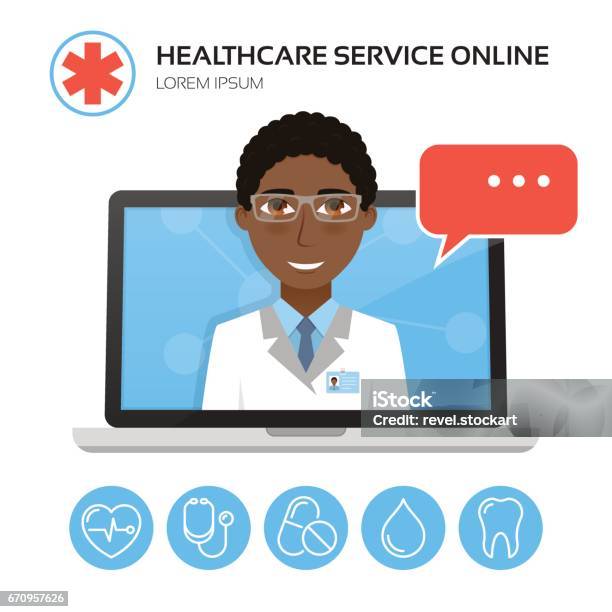Comprehending the Cost-Effectiveness of Subscription-Based Medical Care Models
As the medical care landscape evolves, subscription-based designs arise as a compelling alternative, guaranteeing to redefine just how individuals handle clinical expenditures. Evaluating these designs' cost-effectiveness demands a nuanced contrast with traditional insurance coverage, taking into consideration both financial implications and individual contentment. While they offer transparency and predictability in expenses, concerns continue to be concerning their capacity to meet diverse healthcare requirements, particularly for specialized therapies. The viewpoints of doctor even more complicate this equation, providing a diverse difficulty. What does the future hold for these designs, and can they genuinely provide on their pledge of obtainable, economical care?
Summary of Subscription-Based Models
Subscription-based healthcare versions, often referred to as direct medical care or concierge medication, are progressively acquiring attention as a possible option to ineffectiveness within traditional medical care systems. These designs operate on the concept of offering individuals direct accessibility to health care service providers through a yearly or regular monthly fee, bypassing the demand for conventional insurance policy systems. This arrangement intends to streamline patient-provider communications by decreasing management concerns, which often impede prompt and individualized treatment.
At the core of subscription-based designs is the focus on a much more tailored client experience. People benefit from boosted access to their medical professionals, typically consisting of same-day or next-day visits, expanded assessment times, and straight communication channels such as phone or video clip telephone calls. This model promotes an aggressive method to health care, where people and providers can collaboratively concentrate on preventative care and chronic condition monitoring.

Price Comparison With Traditional Insurance Coverage

One of the main monetary advantages of subscription models is transparency in costs. Patients pay a foreseeable cost, which can streamline budgeting and economic preparation. Furthermore, these designs usually get rid of co-pays and deductibles for covered services, reducing out-of-pocket investing. Alternatively, standard insurance coverage may be much more advantageous for people needing specialized care or costly therapies not covered under a membership design, as they take advantage of the broader coverage network and cost-sharing systems.
Nevertheless, cost-effectiveness is context-dependent. While subscription models might supply savings for those mainly needing medical care, people with chronic conditions or specialized medical care requirements could locate standard insurance coverage a lot more thorough. Assessing details medical care needs and potential use is important in figuring out the most cost-efficient option for people.
Effect On Person Fulfillment
Patient complete satisfaction within subscription-based health care designs frequently shows a considerable enhancement over typical insurance policy systems. This enhancement is largely credited to the personalized treatment and accessibility these versions use. Clients regularly report greater fulfillment due to lowered delay times and the ease of organizing visits. Unlike traditional systems, where patients might experience delays in obtaining care, subscription-based versions make sure more direct and prompt interactions with medical care carriers.
Furthermore, the openness in costs related to subscription-based medical care alleviates the typical frustrations associated to unanticipated costs and complex payment processes seen in standard insurance policy (subscription based healthcare). Individuals appreciate understanding the precise economic commitment upfront, causing increased trust fund and self-confidence in their health care monitoring
In addition, the emphasis on preventive care and wellness in subscription designs contributes to boosted health and wellness end results, further boosting individual fulfillment. By concentrating on ongoing wellness maintenance as opposed to anecdotal care, individuals experience an even more all natural and continual health care journey.
Furthermore, the improved provider-patient connection cultivated in these models, characterized by even more time invested per individual and personalized attention, plays a critical function in raising individual satisfaction levels, as individuals feel truly looked after and comprehended.
copyright Viewpoints and Experiences
From the company's perspective, subscription-based medical care versions provide a transformative strategy to supplying clinical services. These versions stress a positive and preventative health care method, enabling carriers to concentrate on thorough person treatment without the constraints of standard fee-for-service arrangements (subscription based healthcare). This change in focus often leads to boosted person outcomes and enhanced copyright complete satisfaction, as healthcare specialists can designate even more time and sources to individual interaction and individualized care plans
Additionally, membership models promote predictable profits streams, which boost economic stability for medical care companies. This predictability permits for improved resource preparation and allotment, adding to an extra efficient medical care shipment system. Service providers can invest in team modern technology, facilities, and training renovations, therefore enhancing the top quality of care provided.
Nevertheless, the transition to subscription-based designs is not without obstacles. Companies should adjust to new operational structures, which can entail substantial modifications in billing practices and patient management systems. Additionally, there is an integral demand for durable information management to track person results and make certain high quality treatment. Despite these difficulties, several service providers find that the advantages of increased patient interaction and structured operations outweigh the initial challenges, making subscription-based versions an appealing option.
Future Leads and Difficulties

A key challenge is regulative conformity, as registration models should comply with evolving medical care plans and insurance coverage requirements. This demands continual adjustment and innovation to guarantee positioning with lawful standards. In addition, integrating these models into existing medical care frameworks can be complex, calling for substantial investments in technology and training.
There is also the possible threat of creating inequities in health care access, as membership designs might favor those who can manage them, leaving susceptible populations underserved. Resolving this calls for thoughtful factor to consider of rates approaches and aid systems to make certain inclusivity.
Conclusion
Subscription-based healthcare models offer a sensible alternative to standard insurance coverage by providing financial predictability and openness, particularly profiting individuals with chronic problems or regular medical care requirements. The cost-effectiveness of these versions is contingent upon specific healthcare usage patterns and conditions. While they may improve individual satisfaction and streamline budgeting, challenges stay in addressing specialized care demands. Future factors to consider include stabilizing comprehensive protection with price and incorporating these models within the broader health care system for optimal outcomes.
Subscription-based health care models, often referred to as direct main care or attendant medicine, are increasingly obtaining focus as a possible option to inefficiencies within traditional healthcare systems. Unlike standard systems, where link patients could experience that site delays in receiving treatment, subscription-based models make sure more timely and straight interactions with healthcare providers.
These models stress a aggressive and preventative health care technique, permitting suppliers to focus on thorough person treatment without the restraints of conventional fee-for-service setups. As these models continue to obtain traction, they provide the possible to change client accessibility to care, enhance solution distribution, and enhance health care investing.Subscription-based health care designs offer a practical choice to typical insurance policy by offering economic predictability and openness, specifically profiting people with persistent conditions or regular health care needs.